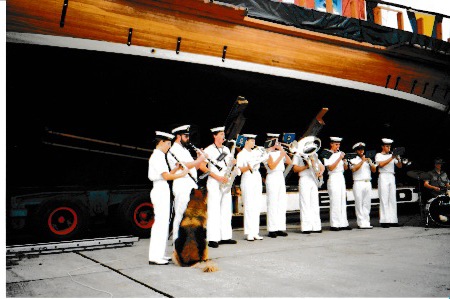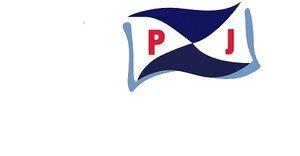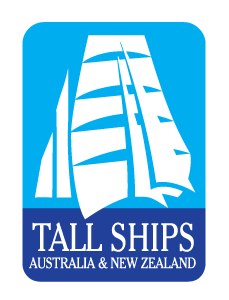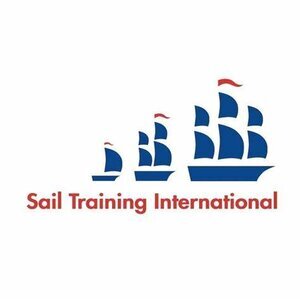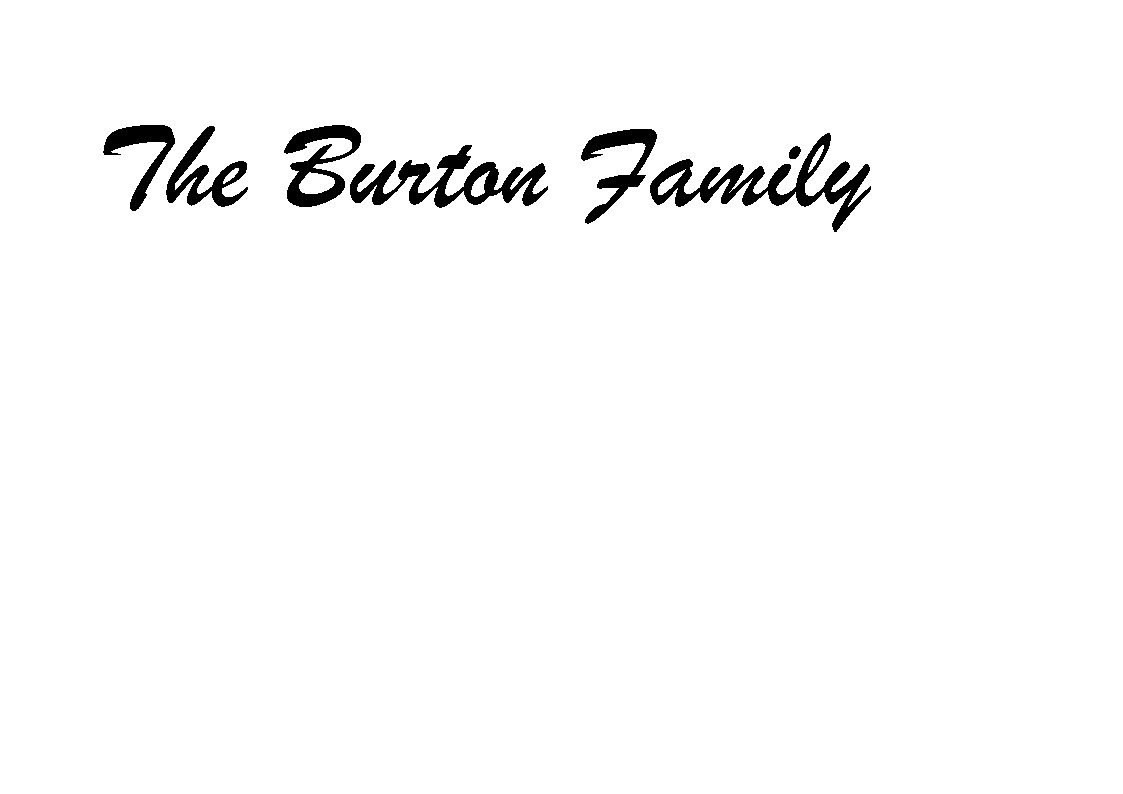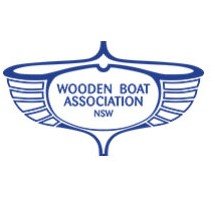SPECIFICATIONS - STV WINDEWARD BOUND
Tonnage: 105
Displacement: 120 Tonnes
Construction: Tassie Eucalypt, Huon Pine, and Oregon
Length Overall: 110' 0" (33m)
Length of hull: 81' 0" (24m)
Beam: 24' 0" (7m)
Draught: 10' 8" (3.2m)
Height of Mainmast: 85' 0" (25m)
Rig: Brigantine
Main Engine: 300 HP Cummins
Auxiliary Engine: 22KVA Onan Genset
Freshwater: 2 Tonnes
Fuel: 2.5 Tonnes
History
"Windeward Bound" was conceived in 1965 when a young sailor in the Royal Australian Navy stood on the shores of Garden Island and watched the arrival in Sydney, from England, of an old Baltic trading vessel known as "New Endeavour". This approaching vision began a dream to build and operate a similar Tall Ship. A period of service in the RAN and, later, the rigours of acquiring the skills as a Joiner/Cabinet maker and a young and growing family, saw the dream left on the shelf for a while. However, even on the shelf, the dream grew and became all encompassing and a search started for a suitable set of plans, slipways were haunted studying hull shapes and old time boat builders were quizzed for their all important information on "how do you…"
Part of the plans used to build Windeward Bound, prior to modifications made to meet safety requirements.
By 1983, a number of things happened: kids were growing up and independent, personal circumstances had changed, and the plans for an 1848 Boston built Tops'l Schooner had been unearthed in a long out of print book on Ship design. Suddenly there was no reason to leave the project on the shelf any more. After almost a year of further searching and research, the full size line drawings were found at the Smithsonian Institute in Washington DC. The Americans readily agreed to the use of the plans on a commitment that we would sail the ship to Boston someday.
Much work followed, measurements were painstakingly lifted off the manuscript, a Naval Architect checked her stability and sailing qualities, full size loftings were drawn up on 52 sheets of white painted plywood and the search began to start accumulating materials. Fortunately, I was working as an Art director in the advertising world and I was dispatched to sea on the famous "Eye of the Wind" for a photographic shoot, where upon I discovered that "the Eye" was almost all recycled timber and fittings. With the ability to use recycled materials, and with absolutely no money (or for that matter, budget) the approval of the survey authority was quickly sought, and as quickly, given. Then with the assistance of several volunteers (who thought the project was so crazy, it might just work) and with the blessed absence in Hobart of recycling firms, together with the presence of several old timber ships awaiting demolition, acquisition of materials began.
This process took almost 5 years, and while underway, much other work was accomplished having construction plans drawn, sponsorship was sought, but not obtained as, at that stage, it was still a dream. In 1990, the first of the many blessings came our way. A very large timber warehouse, on the waterfront, and belonging to one of my major clients, ceased being used. Negotiations began and slowly they warmed to the idea and then agreed to make it available to build the ship inside as a form of sponsorship. The keel was finally laid at the end of June 1990, using the last $1,000.00 in the bank to buy the steel. As the days, weeks and months went past, all the recycled timber was cleaned up and machined to the various required dimensions and slowly laminated into place by the growing band of volunteers.
At the end of 1992, we were horrified to discover that Hobart, along with the rest of Australia, had a growing problem with disadvantaged youths, young offenders and "youth at risk" who were not responding to the usual offerings designed to keep them out of trouble At about the same time, we discovered an apparently successful youth group known as Project Hahn, loosely modelled on the famous Outward Bound movement. PH used wilderness adventure based therapy to create a level of self esteem and personal growth. Studies of UK, European and United States based sail training organisations, along with that of New Zealand, led us to the realisation that this was a possible answer to assisting these young people who were otherwise falling through the cracks. Thus, the Windeward Bound Trust was formed and sail training for young people became our target. It was our belief that no young person should be denied the opportunity and it was resolved to specifically target the disadvantaged, whether disadvantaged by financial, social or other circumstances.
Word quickly spread, and within months we had a small group of nervous, but otherwise extremely streetwise young people, male and female, hard at work alongside our adult volunteers assisting with the construction. They were soon joined by a number of others, most of whom stayed with the ship through her launch, fitout and early sailing days.
We have produced 41 ship's Masters in the last 15 years alone, with other young people obtaining cadetships in the Merchant Navy. Many hundreds of young people have discovered themselves on the decks of this wonderful ship and made changes to their lives that, most likely, would not have happened otherwise.
Since launch day in 1996, Windeward Bound has covered more than 100,000 nautical miles, has circumnavigated the Australian continent, sailed to New Zealand and back, circumnavigated Tasmania, crossed Bass Strait more than 30 times and sailed the Australian East Coast many times. Almost always, we have carried Australia's youth, proving time and time again, the value of a structured Sail Training Program on a traditional square rigged vessel. She proudly flies the flag of many sponsors, and of Rotary International with whom she works closely, and is supported proudly by her Patron, Her Excellency the Honourable Barbara Baker AC, the Governor of Tasmania.
For a vessel that receives no regular government funding, she has been remarkably successful. That she has even survived is a credit to her sponsors, past and present, managers, volunteers and crew. Oh, remember that vision of "New Endeavour" in 1965? Well in 1987 she was broken up, however, her masts, yards, some of her sails, her anchors, anchor windlass and anchor cables became part of "Windeward Bound". That young sailor could never have imagined that, nor for that matter, could anyone else!






